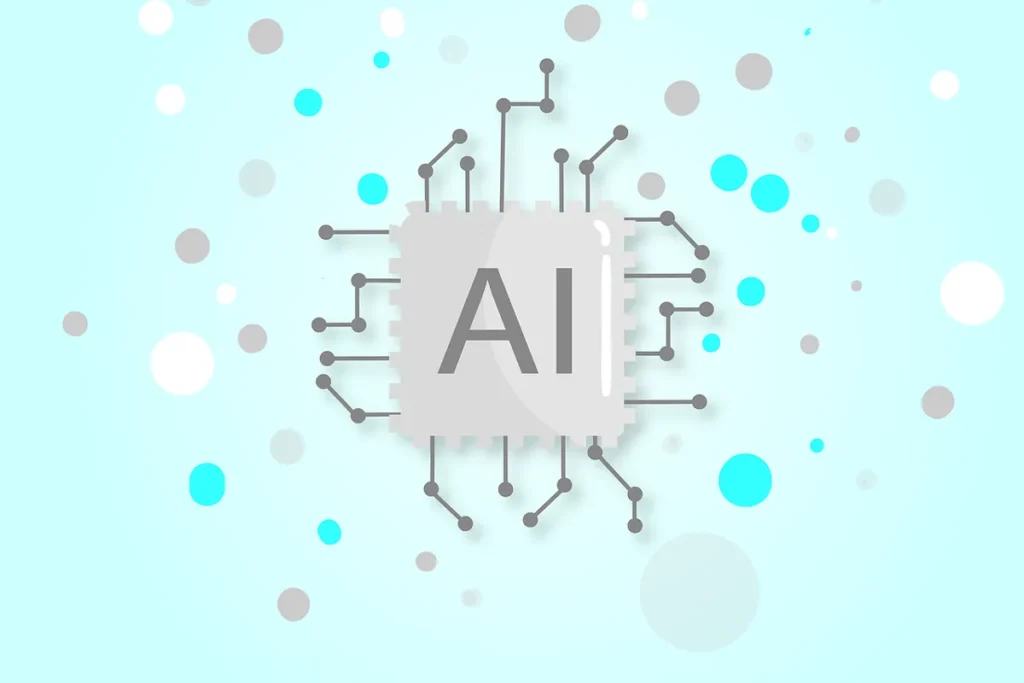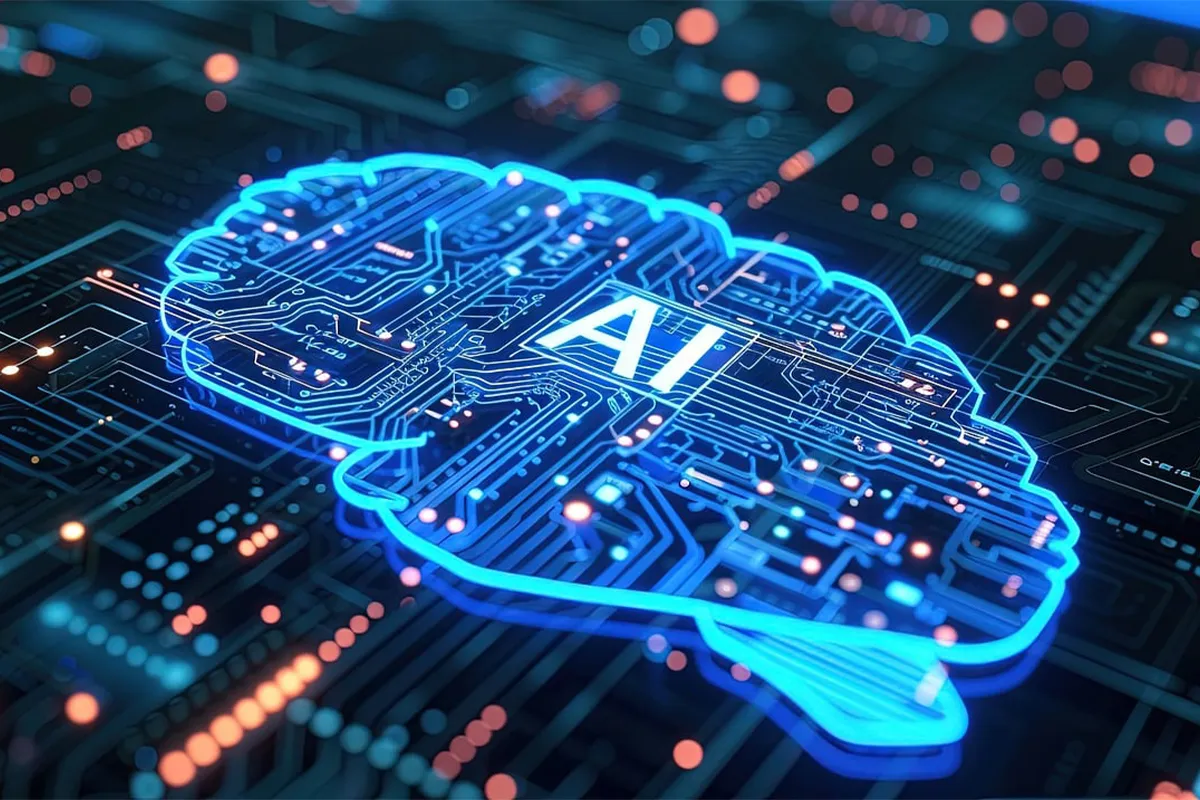Content writing has seen a pivotal change in the text-generation process in the recent few years. Now, AI text-generators are used to write stories, news, and posts. If the post had not been completely written using AI, the information could have been gathered using AI writers. This means we are taking help in any form from AI that impacts our daily lives. Be it gathering ideas, writing down the outlines, or paragraphs, AI has its own advantages and disadvantages. However, AI offers more benefits as compared to its challenges.
Keeping in view the scenario, AI detectors were built to counter the negative effects of misusing AI in the workplace. These detectors are based on advanced AI algorithms designed to differentiate human writing responses, cognitive actions, business, and perplexity. Therefore, it is established that humans are still different in some ways from AI.
AI detectors are very important in identifying machine-generated patterns in text. They are actively relied upon in academic and government institutions to reach the correct decision. It is possible to identify such AI patterns by manually reading the text. However, detectors perform the best when it comes to checking the text in bulk.
Types of AI Detectors
The best AI detectors are of several types that all do basically the same job. However, their detection accuracy and efficiency do vary.
- Text detection: Text detection is important for many apps today. It finds and classifies words in written content. Many companies use text detection to stop spam and detect fake news. People also use it for quick language translation. The accuracy of text detection can change a lot. Sometimes, it makes mistakes with difficult language or slang.
- Image detection: Image detection examines pictures and identifies objects. It is helpful for social media and security cameras. Apps recognize faces, animals, and even everyday items. Image detection assists businesses in organizing images automatically. However, it has challenges, too. Changing light or different angles can confuse systems. This problem shows how real-life conditions affect technology performance.
- Audio detection: Audio detection studies sounds, voices, and music. It helps apps to understand spoken words. People use this technology for voice assistants and customer service. An example happens when a person speaks to a smartphone. The system must recognize the command quickly and accurately. Ambient noise can create problems, such as misinterpreting what someone says. This can lead to a frustrating experience.
Technologies Used in AI Detectors
Have you ever wondered what technology is used in AI detectors that differentiates between human patterns and AI patterns?
- Machine learning: Machine learning algorithms are at the center of AI detection. They help computers to learn from data. They adjust responses based on experiences. This lets them improve over time. Users expect constant learning and growing accuracy. However, this is not easy. The algorithms must manage many variables carefully. Each piece of data can give different results.
- Natural language processing: Natural language processing (NLP) deals with words and language. It breaks down sentences to understand their meaning. NLP uses grammar and context to interpret the text. It can change how machines understand human language. However, slang and idioms often confuse machines. They cause misunderstandings.
- Computer vision: Computer vision helps machines see and analyze images or videos. This technology copies how humans recognize objects. It looks at shapes, colors, and patterns. It can be difficult to rely on images if the quality is poor. These factors show challenges in seeing the world like humans do.
How Accurate are AI Detectors?
Accuracy is very important in AI detection. Many things can change how accurate these systems are. One main thing is the quality of the training data. If the data is bad or unbalanced, it can cause mistakes. Good data helps AI to learn better. It can make AI better at detecting and classifying things. If companies want high accuracy, they need to focus on gathering good data.
The complexity of the model also affects accuracy. More advanced models can analyze data better than simple models. They can find patterns that simple models can miss. This complexity helps produce more accurate results. But simple models can be faster and easier to use. Users need to find a balance between speed and complex accuracy.
Context is very important when using AI detectors. These systems need to know the situation around the data. For example, a text detector may read words differently based on context. This is true for image and audio detectors, too. They all work better when they understand the surrounding context. Without this understanding, AI may give wrong results.
Statistics are very important for accuracy. One measure is precision. Precision tells how many detections are right compared to all positive detections. Another measure is recall. Recall tells how well AI finds all possible positive detections. Both measures help show how effective the system is. Each one gives important information about the accuracy of AI systems.
The F1 score combines precision and recall. AI detectors give one score that shows both measures. A high F1 score shows a balanced performance. It means that an AI detector finds relevant data while making fewer mistakes.
The Receiver Operating Characteristic curve helps to visualize performance. It shows the connection between true positive rates and false positive rates. Users can see how well the model performs. The area under the ROC curve gives a clear measure of overall success. This shows that the model does well with different types of data. These metrics help users to understand and trust AI detection systems more.

Limitations of AI Detectors
These challenges show us that AI is not perfect. Understanding human emotions can be a complex task. In the ever-changing world, AI needs to improve. It has to adapt to understand context, reduce bias, and defend against attacks better. Society should think about our dependence on these technologies. AI detectors must evolve to meet our needs and serve us well.
1. Dependence on training data: AI detectors rely on training data a lot. This data shapes how these detectors recognize and classify information. If training data has a bias, the results also become skewed. A biased dataset can treat certain groups unfairly. Many AI systems do not include all voices. This limits their effectiveness in different situations. A lack of diversity can cause errors in understanding and interpretation.
2. Difficulty in interpreting context: Context is a big challenge for detectors to avoid grounding and AI hallucinations. Machines have trouble understanding nuances in human language. Sarcasm often goes unnoticed by them. When people use jokes, AI can take them literally. This creates confusion about the intended meaning. Humor makes it harder for machines to give accurate feedback. They often miss the point completely.
3. Ambiguities in interpretation: Visual and audio inputs have problems. Ambiguities in images can confuse algorithms. A photo can have many interpretations. A single image can tell different stories to different viewers. This confusion can lead to wrong conclusions. In sound recognition, background noise makes understanding harder. AI finds it hard to separate important sounds from distractions.
4. Attacks and manipulation: These are a real danger to AI systems. Adversarial attacks change inputs to confuse detection algorithms. Small changes to an image can mislead the system. For example, a person can alter a picture a little. The AI might not recognize it. This weakness raises serious concerns about reliability.
5. Emerging trends: New trends in AI detection show promise. Many companies invest in improving these technologies. They want to create smarter systems. These systems can learn more from fewer data. Researchers explore ways to combine AI and human intelligence. This collaboration could bring better accuracy. When systems understand better, they may recognize context better. Better AI detectors will help many areas.
6. Continuous improvements: Improvements in algorithms and models require pushing the boundaries. Scientists make algorithms that learn faster and with diverse data. They create models that rely less on big data sets. Small data can also teach machines well now. Transfer learning helps a model adapt to new tasks. This reduces time and resources for training. With these advancements, AI detection will grow.
7. Ethical aspects: Many people worry about privacy and surveillance. Businesses must balance innovation with responsibility. They need to be careful with how they use people’s data. Transparency is very important. Users should know if their data are used and how. AI systems can also be biased. Developers need to focus on fairness and accuracy. They have to work on methods that reduce bias during training. These ethical issues need open talks.
It is important to understand the limits to avoid false flag AI detection. Many things can affect how well these systems perform. Bad training data can cause biases. Image detection can fail in low light. Audio detection has problems with background noise. Sarcasm and slang make text detectors confused. Finding these problems is the first step. Users should know about these possible errors. Relying too much on AI can cause big mistakes.
Conclusion
The future of AI detection is both exciting and hard. Users want smart and ethical systems. As technology changes, businesses need to adapt. They have to value human needs while making AI better. Innovations should help everyday life without losing trust in how AI works and will shape how society develops. People need to think about these effects as they use new technology. How much trust should we put in these systems? The answer will decide the future of AI detection.
AI detectors can make text, image, and audio recognition better. These systems use machine learning and natural language processing to detect AI responses. They help companies stop spam and recommend products better. But they can also make mistakes. Accuracy relies on the quality of training data and the context.
Ongoing research and development is crucial for progress. By fixing issues, developers can make detectors more accurate. More varied training data will help lower bias. There will be improved algorithms that understand the context more. Creating rules for ethics will build trust in technology. Society should promote innovation in this area. Working together among researchers, businesses, and users can create breakthroughs.
In conclusion, Artificial Intelligence (AI) detectors have a lot of potential. They change how we use technology every day. But we must remain aware of their limits. Understanding these weaknesses helps users to make good decisions. We need to make continued efforts to progress in this area. We can unlock the full potential of AI detection only through collaboration and ongoing research.

